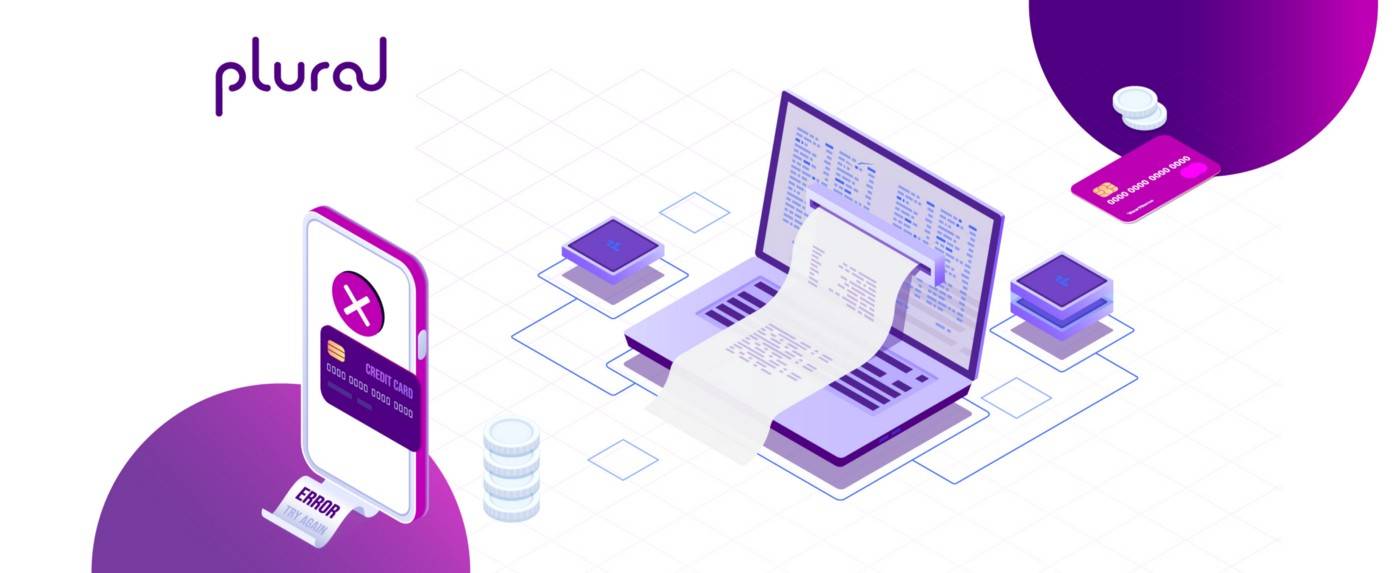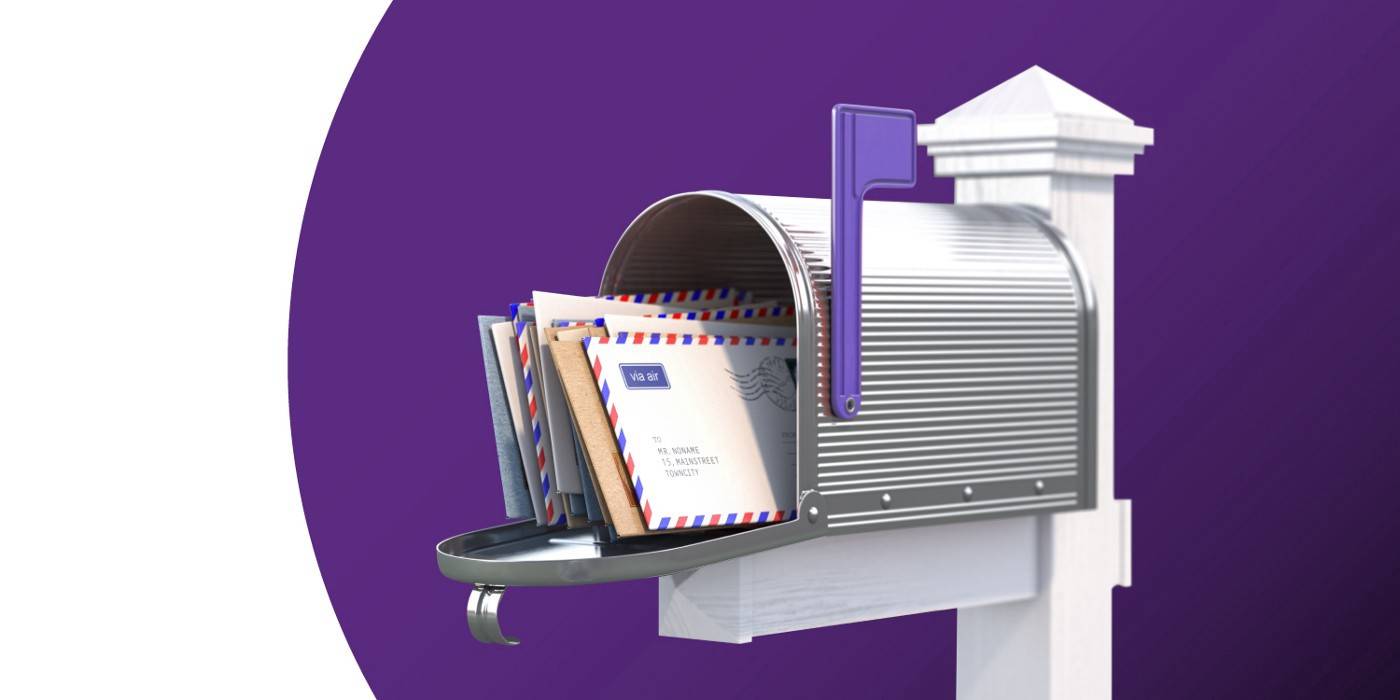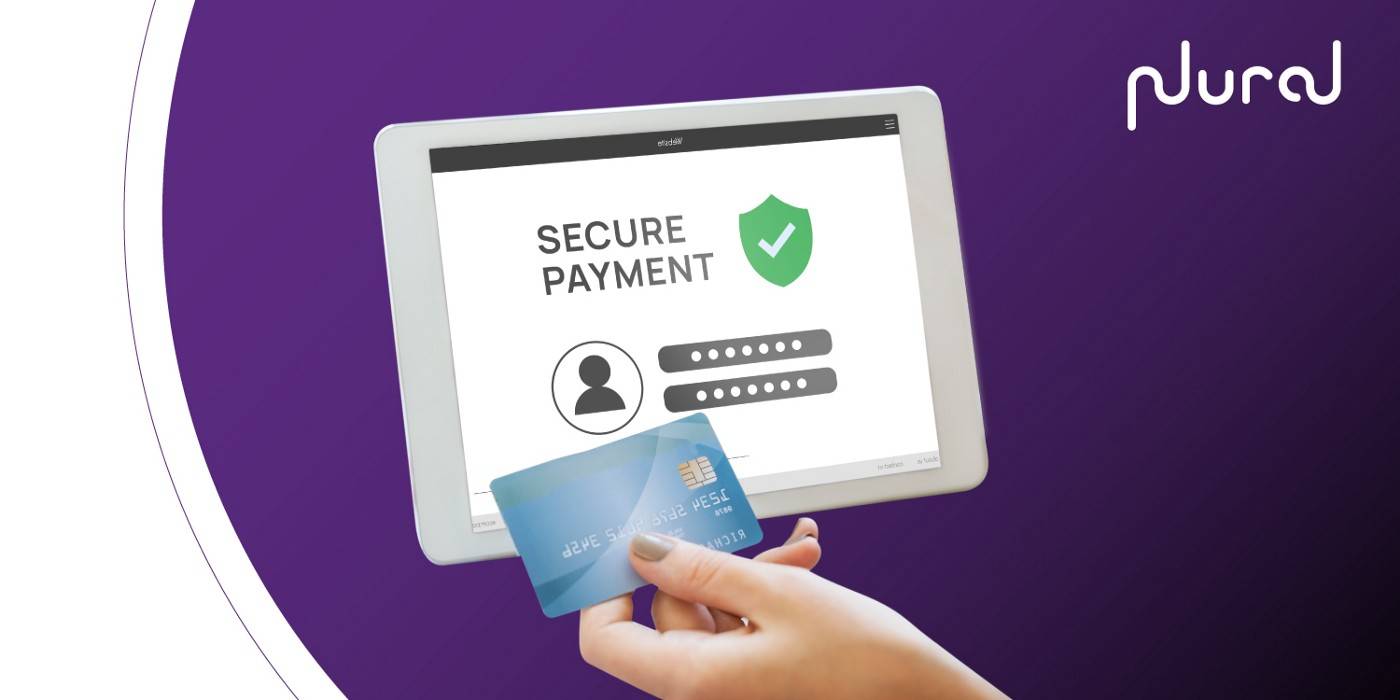The prevalence of online payments is growing.
Nearly 71B digital payments were recorded in India by July 2022. This number is only increasing as more people are discovering the convenience of online payments and how they can save them time and money.
As a business, your responsibility is to make sure that every transaction goes through. Transaction failure due to checkout flaws, server issues, the surge in payment volume, or any other reason irks customers.
The success of a business is measured by the number of successfully completed transactions or the transaction success rate (TSR). This blog explores the significance of TSR, the factors that influence it, and ways to improve it.
What is Transaction Success Rate?
The transaction success rate is the number of completed transactions divided by the number of attempted transactions. Let’s say your TSR is 95%. This means that 95% of the time, the payment goes through, and 5% of the time, it fails.
A high TSR ensures that online payments are completed, and the customer is satisfied. The prospect will bounce from your website if the payment doesn’t go through. This leads to your customer acquisition and retention cost having zero ROI. Not to mention, the loss of customer loyalty adds fuel to the fire.
When customers have a bad experience, they decide to buy from a different business. As a result, you lose revenue and are forced to cut back on expenses. Not a favourable situation, is it?
Let’s now discuss the significance of TSR.
Why is the TSR Important?
The customer experience is a crucial factor in deciding whether or not to purchase from a company. The transaction success rate of a business is a telling number that affects the customer experience. A company with a low TSR will likely have an inferior customer experience.
When a customer experiences a failed transaction, they are more likely to tell their friends about their experience and not come back.
Thus, a business with a TSR of 50–60% is not as successful as a business with a success rate of 90–100%. To avoid losing loyal customers and sales, you must take measures to boost the TSR.
But before that, it’s important to know what affects the transaction success rate in the first place.
Factors That Affect the TSR
Listed below are the main factors known to affect the success rate of a transaction:
1. Problems in the Payment Ecosystem
The payment ecosystem is delicate. There are so many different ways to pay for things online, including debit cards, credit cards, mobile wallets, and internet banking.
In this complex ecosystem, when one part of the system fails, the entire system is affected. For example, a credit card company may have an outage that prevents people from accessing their money. This can lead to transaction errors.
2. Payment Cancellation by Users
Nearly 60% of Indian customers prefer online payments, primarily UPI and eWallets. Unfortunately, many of them are forced to cancel the transaction due to long-drawn-out checkout processes.
For your business’s continued growth and success, it’s important to leverage a user-friendly payment gateway.
3. Insufficient Balance
According to research, about 7.6% of online transactions in India are declined due to an incorrect pin entered by the customer and insufficient balance in their payment method. This lowers the TSR of your business.
There are other reasons behind a low TSR, including:
- connectivity issues
- authentication failure (such as a password or OTP entered incorrectly)
- payment gateway issues (customer’s preferred payment method not supported by your current payment gateway)
- bank-side security (payment blocked by the bank due to suspicious activity)
- server issues
Of course, not all of these factors are under your control. But by streamlining your payment checkout process, you can greatly increase the transaction success rate. This is the single most important thing you can do for your business.
6 Ways to Improve Your TSR
Let’s discuss the top methods of boosting your transaction success rate:
1. Ensure a Hassle-Free Checkout Experience
The checkout process is a crucial step in the customer experience. It is the last chance to impress the customer before they leave your site. If the checkout process is complicated, customers will be frustrated and will not be likely to purchase anything.
The checkout process should be as simple as possible, with the minimum amount of fields required. Avoid asking for unnecessary information such as year of birth, and make sure the checkout process is easy to understand.
Another important aspect of the checkout process is clearly showing the customer’s order progress. If they do not see progress moving forward, they will be less likely to complete the purchase.
2. Implement Secure and Reliable Checkouts
Customers want to know that their information is safe and that their purchase is going through without any problems. A lot of important details go into a secure checkout experience.
For example, you want to ensure that your payment gateway is PCI compliant and that your website is using a secure HTTPS protocol.
This is especially important because many people shop online with their credit cards, which can be a tempting target for identity thieves. Use a payment gateway with the latest encryption technology to keep customers’ information safe.
3. A/B Test Payment Gateways
You are probably familiar with the A/B test, a popular method of comparing two product versions to see which one performs better. But have you ever considered testing your payment gateways?
With so many options out there, it can be difficult to know which one will work best for your business. This is where an A/B test can help.
For example, if you have a website where you sell products, you can set up two different payment gateways and see which one has the higher conversion rate.
4. Enable Guest Checkouts
Many customers feel hesitant to create an account before completing the checkout process. They want to buy something and leave. When prospective customers can’t do that, they end up canceling the transaction altogether.
Who can blame them? Creating a username and password for yet another website is indeed frustrating. Even if they did but forgot the username or password, you’re out of luck.
Guest checkout is thus a great feature for customers who don’t want to create an account, have forgotten their password, or are just looking to buy a single item.
5. Offer Maximum Payment Methods
Some people want to use a credit card, while others want to use internet banking.
It’s important to offer as many payment options as possible to accommodate everyone. This will help you maximize your profits and speed up the checkout process for your customers.
The result? A great transaction success rate!
6. Optimize for Mobile
According to research, 750M people use smartphones in India. That number is projected to cross the 1B mark in 2026. Moreover, mobile commerce accounts for 46% of transactions in India.
Naturally, if your business’s checkout experience is not mobile-friendly, it will lead to payment cancellation by users. Make sure your mobile payments are convenient and allow for a quicker checkout process.
Final Note
A business’s growth is a measure of how often its transactions are successful. When the transaction success rate is high, the business is making more money, which it can spend on advertising, salaries, product development, and more.
But when you have a low TSR, it leads to poor customer experience. Consequently, you notice a drop in sales, revenue, customer loyalty, and overall growth.
Using a reliable, fast, and secure payment gateway and streamlining your checkout process are among the most effective ways to improve the TSR.

Amrita Konaiagari is a Marketing Manager at Plural by Pine Labs and Editor of the Plural blog. She has over 10 years of marketing experience across Media & Tech industries and holds a Master’s degree in Communication and Journalism. She has a passion for home décor and is most definitely a dog person.



